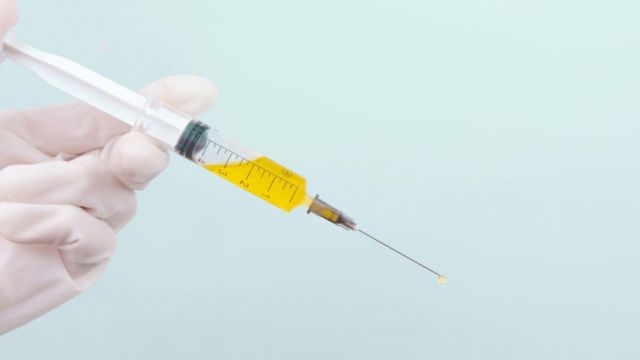The American Association of Bovine Practitioners (AABP) said in a letter that they will call the new disease in cattle that is caused by highly pathogenic avian influenza (HPAI) “Bovine Influenza A Virus.” This is after working with veterinarians, allied organizations, state and federal agencies, diagnostic laboratories, and animal health officials on the 2024 emerging disease event affecting dairy cattle.
“The virus that was taken from animals in herds that had the same symptoms has been identified as avian influenza virus Type A H5N1.” Highly pathogenic avian influenza is caused by the virus in birds. However, the disease condition in cattle does not cause as many illnesses or deaths as it does in birds. Since these terms mean different things, the AABP doesn’t think this disease should be called “HPAI in cattle” or “bird flu in cattle.” This was written by AABP President Michael Capel, DVM, and Executive Director Fred Gingrich, DVM.
The AABP said it would use the name “Bovine Influenza A Virus” (BIAV) in all of its communications and materials. It also asked other groups, state animal health officials, diagnostic labs, and state and federal agencies to do the same so that the disease is always clear between the species.
“We think it’s important for the public to know the difference so that they can continue to trust that beef and dairy products are safe and easy to get,” the letter said.
APHIS, which is part of the USDA, has reported that BIAV has been found in dairy herds in Texas, Kansas, Michigan, New Mexico, Idaho, and Ohio so far.
More tests are still being done by federal and state agencies on sick animals and unpasteurized clinical milk samples from sick animals. They are also sequencing the viral genome to see if any symptoms are caused by HPAI or something else. There are between 1% and 20% of dairy cows in affected groups that are clinically sick. On average, 10% of the milking herd is affected. There are no proven reports of dairy cow deaths that can be directly linked to these detections. Within a few days, most cows that are sick start to get better.
The infection is thought to have come from wild migratory birds. Dead pigeons, blackbirds, and grackles have been found on fields in Texas. The Animal and Plant Health Inspection Service (APHIS) of the USDA said that the fact that the disease spread within the Michigan group also shows that HPAI can be passed from cow to cow.
A meeting last week heard from Mark Lyons, the USDA’s head of ruminant health. He said that the process of milking may be helping the virus spread from cow to cow through milk droplets on workers’ clothes or gloves or in the suction cups on the milking units.
Only the milk, nasal swabs, and blood from cows at dairies that were hit by the virus strain have been tested.
Lyons said, “We haven’t seen any real proof that the cows are actively shedding virus and putting other animals at risk.”
Veterinarians and farmers are being asked to report sick cattle quickly so that more cases don’t happen and so that the effects and risks on farmers, farmworkers, customers, and other animals are kept to a minimum. Producers are also being told to work with their vet to improve biosecurity measures and review and limit the movement of cattle within production systems so that diseases don’t spread or cattle from known disease areas or infected groups are brought in.




